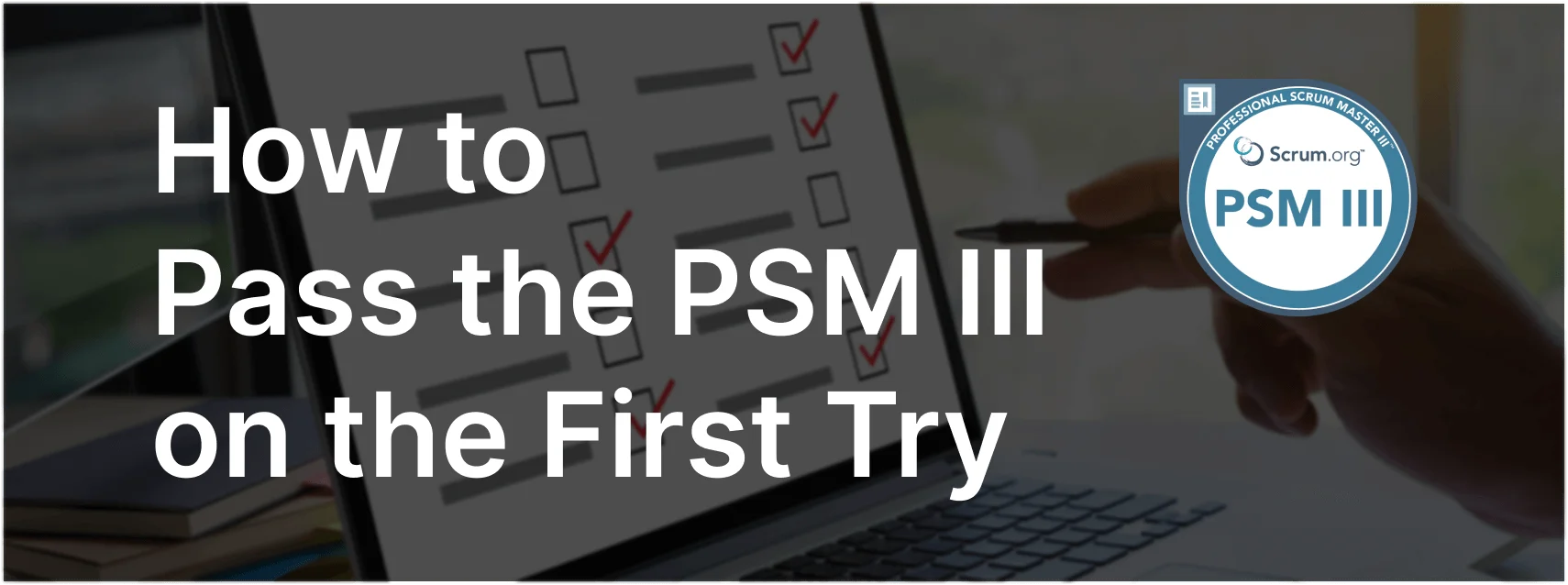Implementing Scrum in a 200-Person Organization: Addressing Managers’ Concerns
Transitioning to Scrum in a large organization with multiple levels of hierarchy can be challenging, especially when managers and leadership team members are concerned about their roles in the new structure. As a Scrum Master, it is essential to provide clear guidance on how Scrum views management roles and to help ease the transition for all involved.
Exam Question
A 200-person organization has decided to implement Scrum starting next week. The organization has multiple levels of hierarchy with Managers, Sr. Managers, Directors, and Senior Vice-Presidents. The managers are very anxious and concerned that they might not have any role to play in the new organization. You are the Scrum Master, and the concerned managers are looking for your guidance.
What does Scrum say about managers and leadership team members?
Discuss what actions you would take as the Scrum Master to address the concerns of the managers and leadership team members.
Explanation
Scrum’s Perspective on Managers and Leadership
- Role of Managers in Scrum:
Scrum’s Guiding Principle: Scrum does not explicitly define a role for managers. Instead, Scrum emphasizes self-managing teams, where the team members collectively take responsibility for planning, executing, and delivering work. However, this does not mean that managers are obsolete in a Scrum environment.
Support and Enablement: Managers and leadership team members play a crucial role in creating an environment that supports Scrum Teams. This includes removing impediments, fostering a culture of continuous improvement, and ensuring that teams have the resources they need to succeed. - Leadership in Scrum:
True Leadership: Scrum advocates for true leadership, where leaders serve their teams by empowering them, guiding them toward achieving their goals, and facilitating their growth. Leadership is about creating an environment where teams can thrive, innovate, and continuously improve.
Transformational Leadership: Leaders in a Scrum environment are encouraged to adopt a transformational approach, focusing on inspiring and motivating teams to achieve their best, rather than micromanaging or controlling.
Actions for the Scrum Master to Address Concerns
- Educate Managers on Scrum Principles:
Action: Organize workshops or training sessions for managers and leadership team members to help them understand the principles of Scrum, including the emphasis on self-management and the role of true leadership.
Outcome: This will help managers see how they can transition from a traditional management role to one that focuses on enabling and supporting Scrum Teams. - Reassure and Involve Managers in the Transition:
Action: Engage managers in the Scrum implementation process by involving them in discussions about how they can best support the teams. Encourage them to participate in Sprint Reviews, Retrospectives, and other Scrum events to stay connected with the teams’ progress and challenges.
Outcome: This will reassure managers that they still have a valuable role to play and help them see how they can contribute to the success of the Scrum Teams. - Facilitate a Shift to True Leadership:
Action: Work with the leadership team to embrace a true leadership mindset, where their focus shifts from directing work to facilitating the success of their teams. Encourage them to adopt practices such as coaching, mentoring, and removing organizational impediments.
Outcome: This will help create a culture of empowerment and continuous improvement, where teams feel supported and managers see their role as critical to the organization’s success. - Address Individual Concerns:
Action: Meet with managers individually to discuss their specific concerns and provide tailored advice on how they can adapt to their new roles within the Scrum framework.
Outcome: This personalized approach will help managers feel heard and valued, and provide them with a clear path forward in the new organizational structure.
Relevance to the PSM III Exam
In the PSM III exam, understanding how to manage organizational change and address concerns from different levels of hierarchy is essential. Demonstrating the ability to guide managers and leadership through the transition to Scrum shows a deep understanding of Scrum principles and effective change management.
Key Takeaways
- Managers in Scrum: While Scrum does not define a specific role for managers, they are essential in supporting and enabling Scrum Teams.
- True Leadership: Leadership in Scrum focuses on empowering teams, removing impediments, and fostering a culture of continuous improvement.
- Scrum Master’s Role: The Scrum Master should educate, reassure, and involve managers in the transition to Scrum, helping them see their new role in the organization.
Conclusion
Transitioning to Scrum in a large organization requires careful management of expectations and roles, particularly for managers and leadership team members. By educating and involving them in the process, the Scrum Master can help ensure a smooth transition and foster a culture of empowerment and continuous improvement. For more insights into Scrum practices and to prepare for the PSM III exam, visit our Scrum Master PSM III™ Exam Prep.



